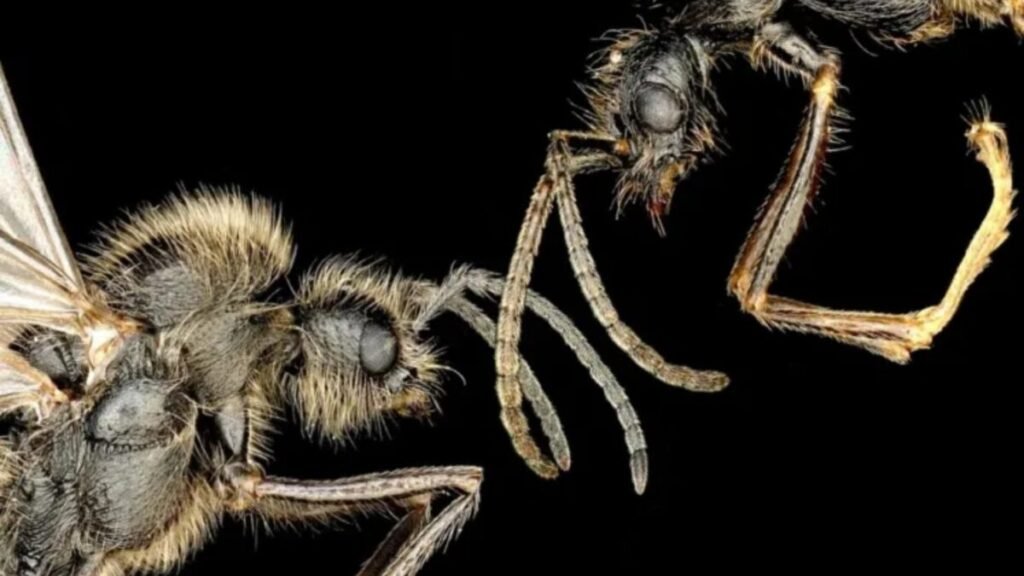Two Species, One Mother: The Unexpected Evolutionary Experiment Unearthed by Biology

In the subterranean world of ants, where cooperation and specialization have led to the development of highly efficient yet unseen societies, a fascinating evolutionary mystery has recently been uncovered. This discovery sheds light on a unique case of cross-species cloning that not only challenges our understanding of what defines a “species,” but also showcases nature’s remarkable ability to adapt in order to survive.
A puzzling discovery
Researchers have uncovered a genetic anomaly within ant colonies that defies conventional biological explanations. Through the analysis of worker ants, scientists have found a mixture of DNA from two different species, even in areas where only one species was known to reside. This raises the question: how could a queen reproduce with males of a different species when they were not present in the colony?
Males born from another species
After examining more than 50 nests and studying 132 ants, it was discovered that some queens were giving birth to males of their own species as well as males that were identical to another species. Genetic analysis revealed that all these males shared the mitochondrial DNA of the queen, essentially making them cloned individuals of the other species, gestated within the body of a foreign queen.
Xenoparity: a new concept in biology
To describe this phenomenon, researchers have introduced the term “xenoparity,” meaning “giving birth to the foreign.” The queen utilizes stored sperm in her spermatheca not for fertilization, but to eliminate her own DNA and replicate only the DNA of the other species. This process ensures the birth of individuals crucial for the colony’s survival.
This system of xenoparity intertwines the two species, as queens of one species cannot produce essential workers without the genes of the other species, and the cloned males are unable to integrate into their own colonies, existing solely within the other species. While effective, this strategy carries a potential risk of accumulating mutations that could threaten the long-term stability of the system.
The concept of “species” is challenged by this discovery, prompting us to rethink the boundaries that define different species. Through this remarkable finding, ants in the Mediterranean region have defied millions of years of evolution, showcasing nature’s ability to adapt and innovate within their intricate societies.





